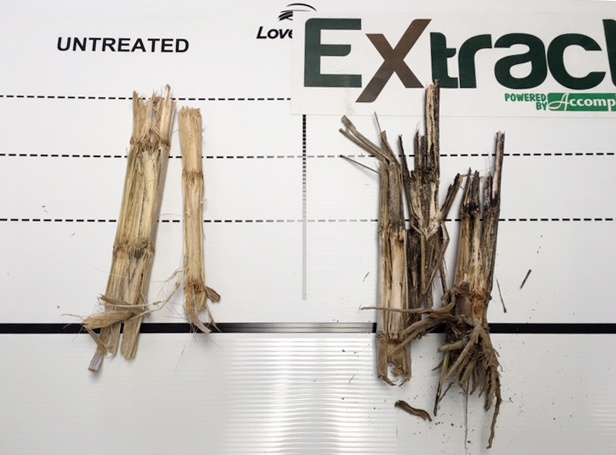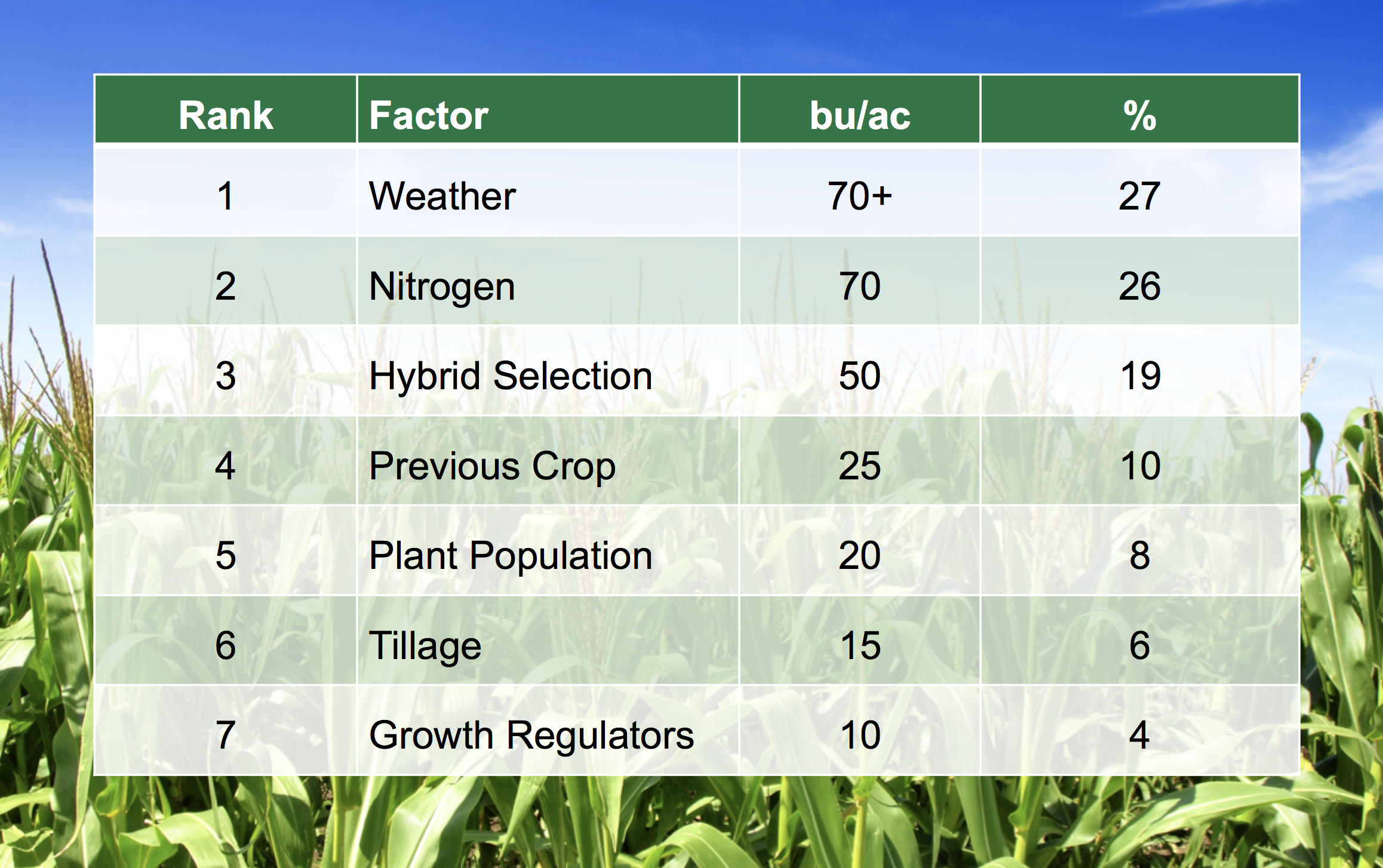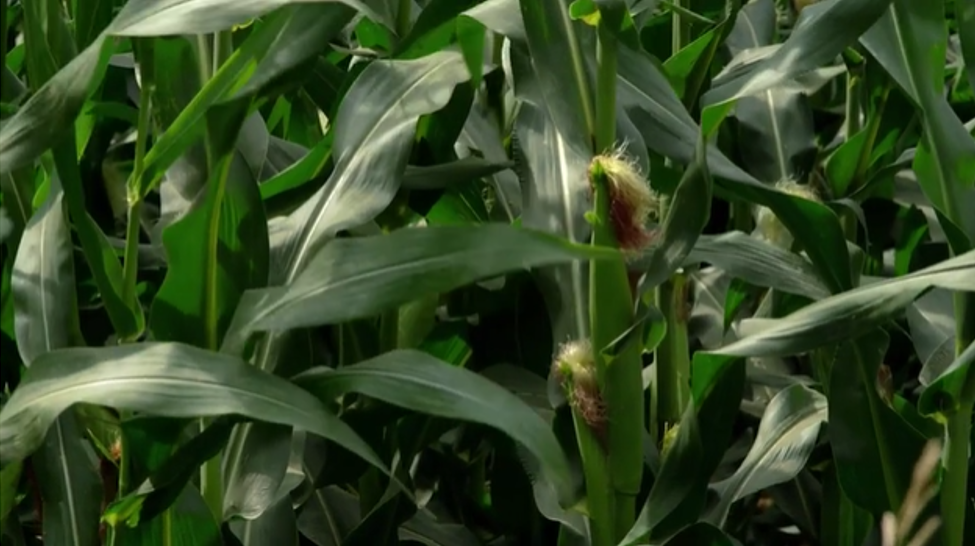By Ronald Calhoun, PhD, Loveland Products
Crops need phosphorus (P) early in their development to help them get off to a good start. This important macronutrient not only helps them capture and convert sunlight into useful plant compounds, it also assists with plant growth, stalk strength and early root growth and development.
One challenge that growers need to think about each season is that phosphorus availability can be limited by soil fixation, poor root growth and cold temperatures that limit microbial activity. Much of the phosphorus that is applied each season is at risk of fixation with elements in the soil like iron (Fe), aluminum (Al) and calcium (Ca). Once those bonds have formed, the bound phosphate becomes essentially unavailable to the growing crop. For these reasons, it is difficult to access phosphate in the soil bank, making applied phosphate relatively inefficient.
Along with phosphorus, plants also need zinc (Zn). Zinc plays a role in the manufacturing of plant hormones that help drive root growth. It also has a unique relationship with phosphorus, interacting with phosphate to influence root growth. These two nutrients work best when they are available in a ratio in which neither one is limiting the other. Unfortunately, prevailing spring conditions, like cool temperatures and waterlogged soils, can limit the availability of zinc.
PROLOGUE (5-0-0 6.3% Zn) is a unique technology designed to enhance phosphate nutrition for a higher performing and more sustainable approach to crop nutrition. In the trial below, adding PROLOGUE to 10-34-0 starter led to an average yield increase of +8.9 bushels per acre across six sites.
PROLOGUE combines the critical early season micronutrient, zinc, with unique nutrient solubilizing technology that increases the efficiency of both applied phosphate and existing phosphate bound in the soil. Working together, these components enhance early germination and crop growth, helping crops better absorb both applied nutrition and soil bank nutrition:
- Nutrient solubilizing technology - Microbial metabolites (biochemicals) and active, phosphorus-scavenging microbes that colonize within the root system to keep more applied nutrition available to the crop. They also help loosen the bonds of recalcitrant phosphorus in the soil to improve phosphorus availability during the growing season.
- Chelated zinc - A plant-available form of zinc.
Many crops can benefit from PROLOGUE, especially those that do best with an early season application of liquid phosphate (including ammonium polyphosphate or liquid phosphate containing blends) near the developing root system.
With technology that drives more phosphorus into a developing crop, PROLOGUE can help growers realize big dividends at the end of the season.
Learn more by downloading the PROLOGUE booklet.





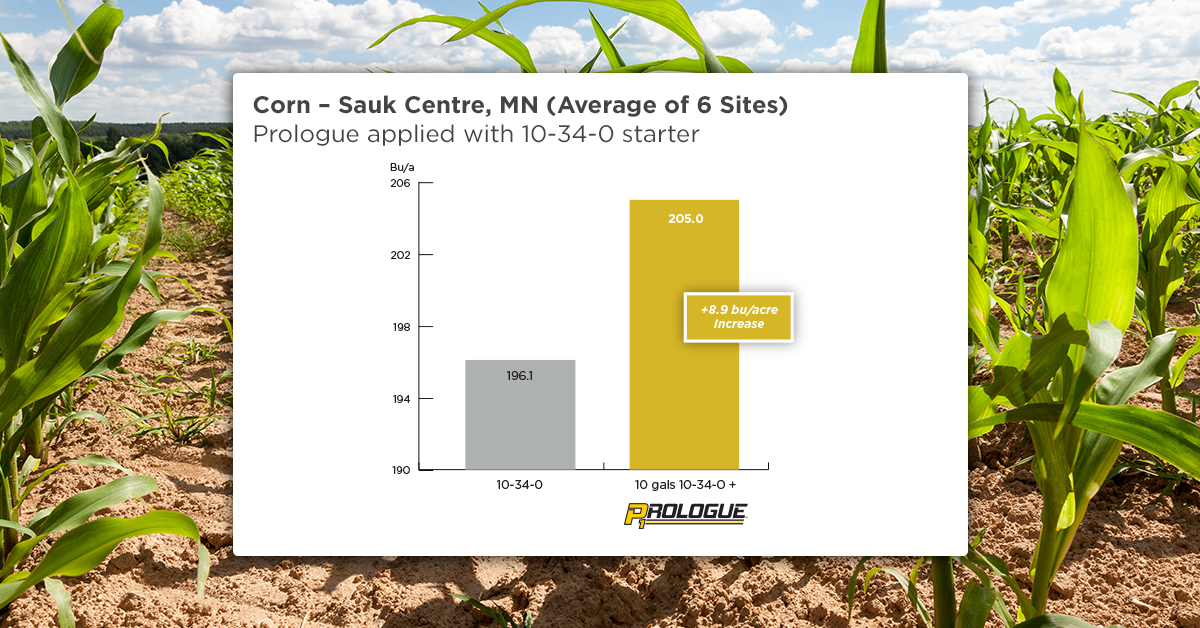
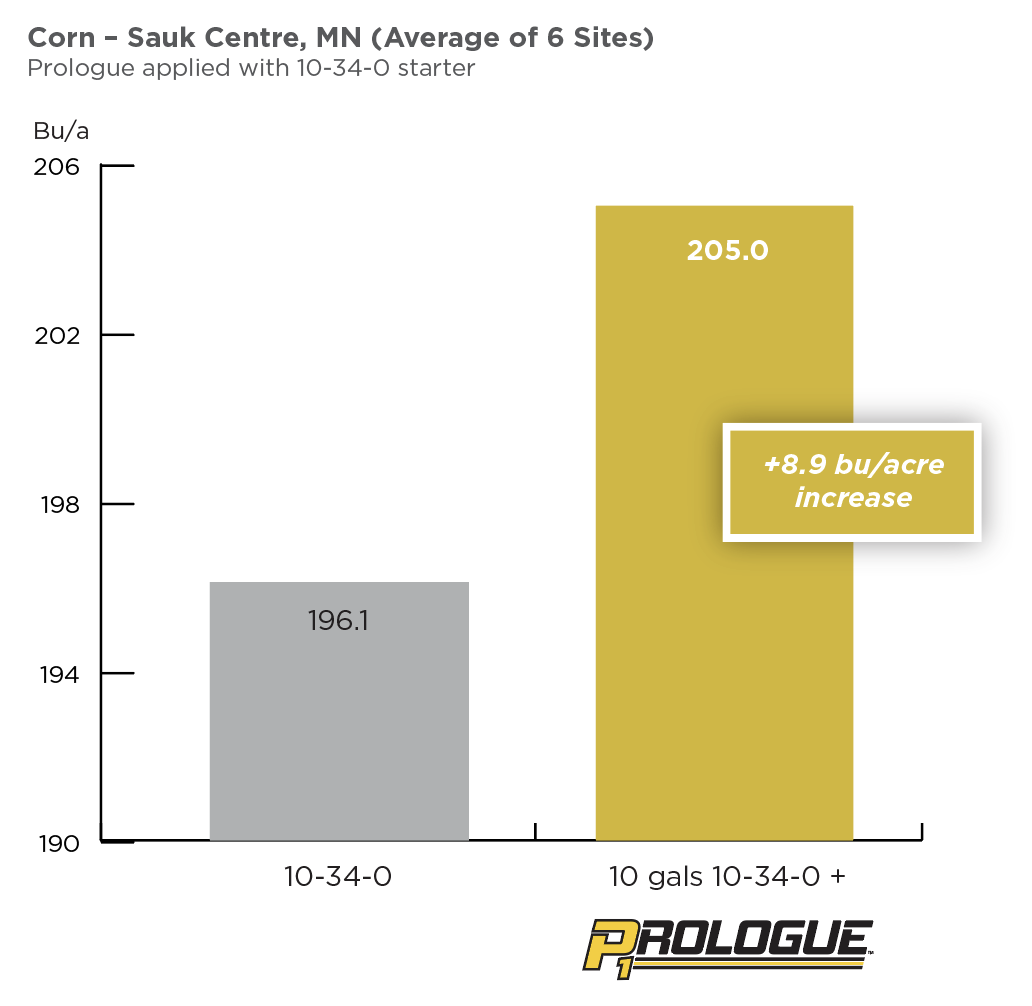


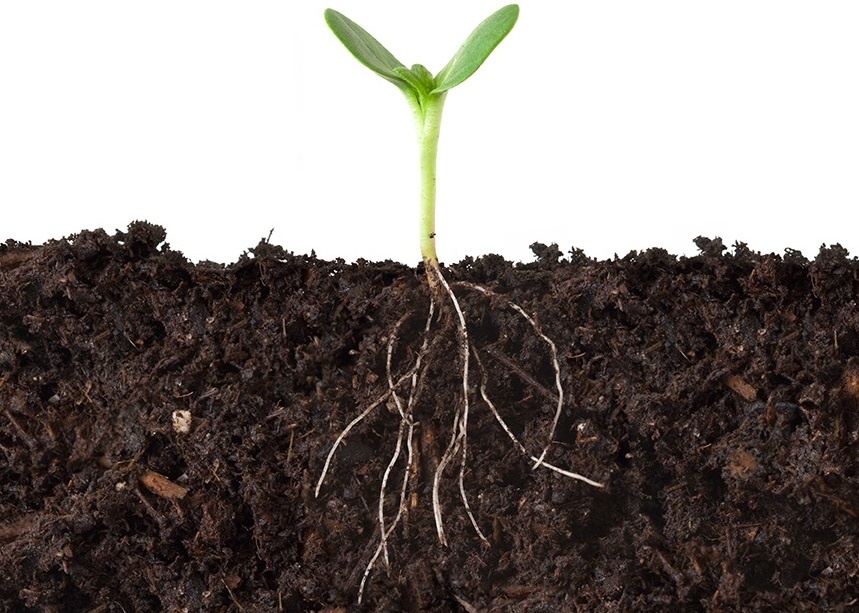 It’s spring, and newly germinated seedlings are revving their engines!
It’s spring, and newly germinated seedlings are revving their engines!

